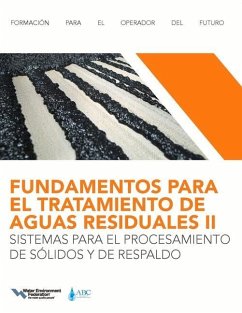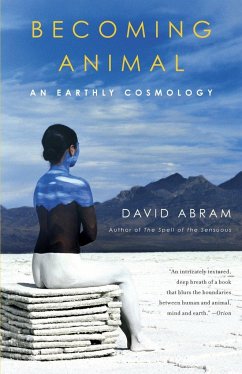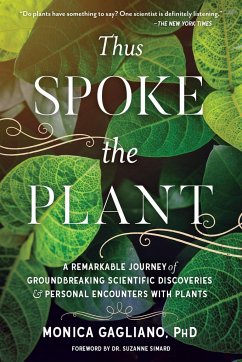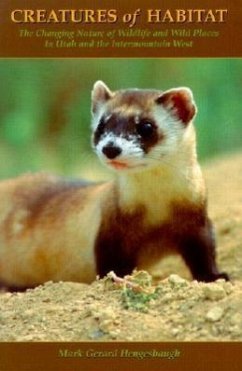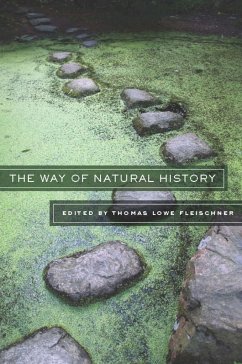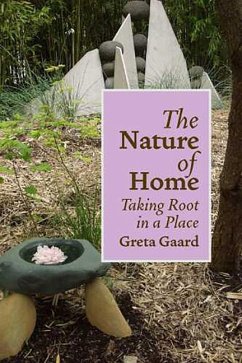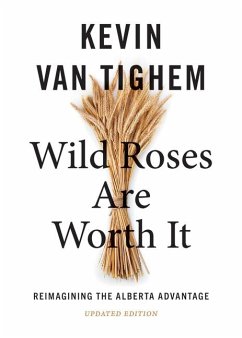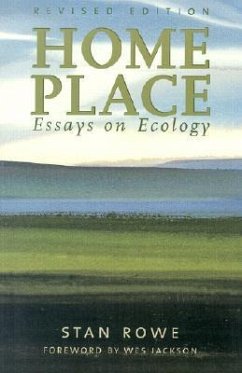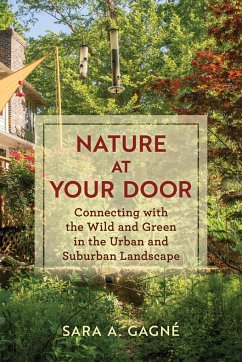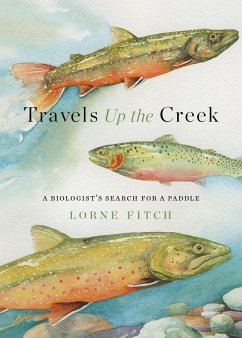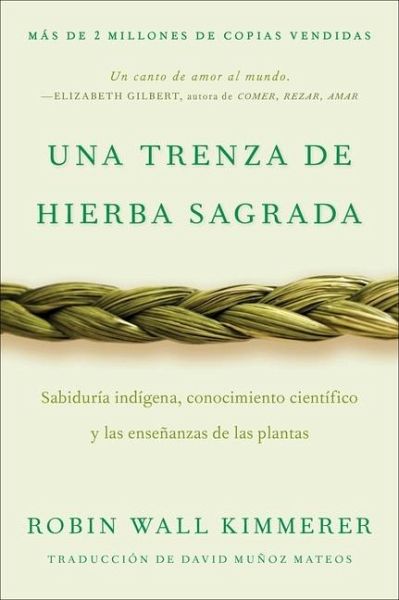
Braiding Sweetgrass / Una trenza de hierba sagrada (Spanish edition)

PAYBACK Punkte
9 °P sammeln!
Bestseller del New York Times por más de 200 semanas consecutivas. 'Mejor Colección de Ensayos de la Década' según Literary Hub. Uno de los libros más importantes de nuestros tiempos, que nos invita a descubrir un nuevo lenguaje para comunicarnos con la naturaleza y recibir sus enseñanzas. Como mujer indígena, Robin Wall Kimmerer es heredera de un valioso legado que considera a los animales y las plantas nuestros mejores maestros. Como botánica, se ha valido del rigor científico para estudiar mejor la naturaleza. Y como madre, profesora y escritora, ha dedicado su vida a conjugar amba...
Bestseller del New York Times por más de 200 semanas consecutivas. 'Mejor Colección de Ensayos de la Década' según Literary Hub. Uno de los libros más importantes de nuestros tiempos, que nos invita a descubrir un nuevo lenguaje para comunicarnos con la naturaleza y recibir sus enseñanzas. Como mujer indígena, Robin Wall Kimmerer es heredera de un valioso legado que considera a los animales y las plantas nuestros mejores maestros. Como botánica, se ha valido del rigor científico para estudiar mejor la naturaleza. Y como madre, profesora y escritora, ha dedicado su vida a conjugar ambas perspectivas para abogar por un despertar de la consciencia ecológica que reconozca y celebre nuestra profunda conexión con otras formas de vida. En Una trenza de hierba sagrada, la autora entreteje experiencias y saberes en una serie de relatos iluminadores y emotivos que nos inspiran a fortalecer nuestra relación sagrada con la Madre Tierra. Cada capítulo es una magnífica lección de gratitud y reciprocidad, que nos recuerda que, si ofrecemos nuestros dones al mundo y lo ayudamos a sanar, este nos retribuirá con la armonía y el bienestar que tanto anhelamos. Bestseller del New York Times Bestseller del Washington Post Bestseller del Los Angeles Times ——— A masterpiece of our times, inviting us to discover a new language for communicating with nature and receiving its lessons. As a Native American woman, Robin Wall Kimmerer is the heir to a valuable legacy that views animals and plants as our greatest and oldest teachers. As a botanist, she leverages scientific knowledge to better understand nature. And as a mother, teacher, and writer, she has dedicated her life to blending these perspectives and advocate for an awakening of ecological consciousness that acknowledges and celebrates our deep connection with other forms of life. In Braiding Sweetgrass, the author weaves together experiences and knowledge in a series of illuminating and emotional stories that inspire us to reinvigorate our sacred relationship with Mother Earth. Each chapter offers a magnificent lesson in gratitude and reciprocity, reminding us that if we contribute our gifts to the world and help it heal, it will reward us with the harmony and wellness we are yearning for. A New York Times Bestseller A Washington Post Bestseller A Los Angeles Times Bestseller Named a “Best Essay Collection of the Decade” by Literary Hub




